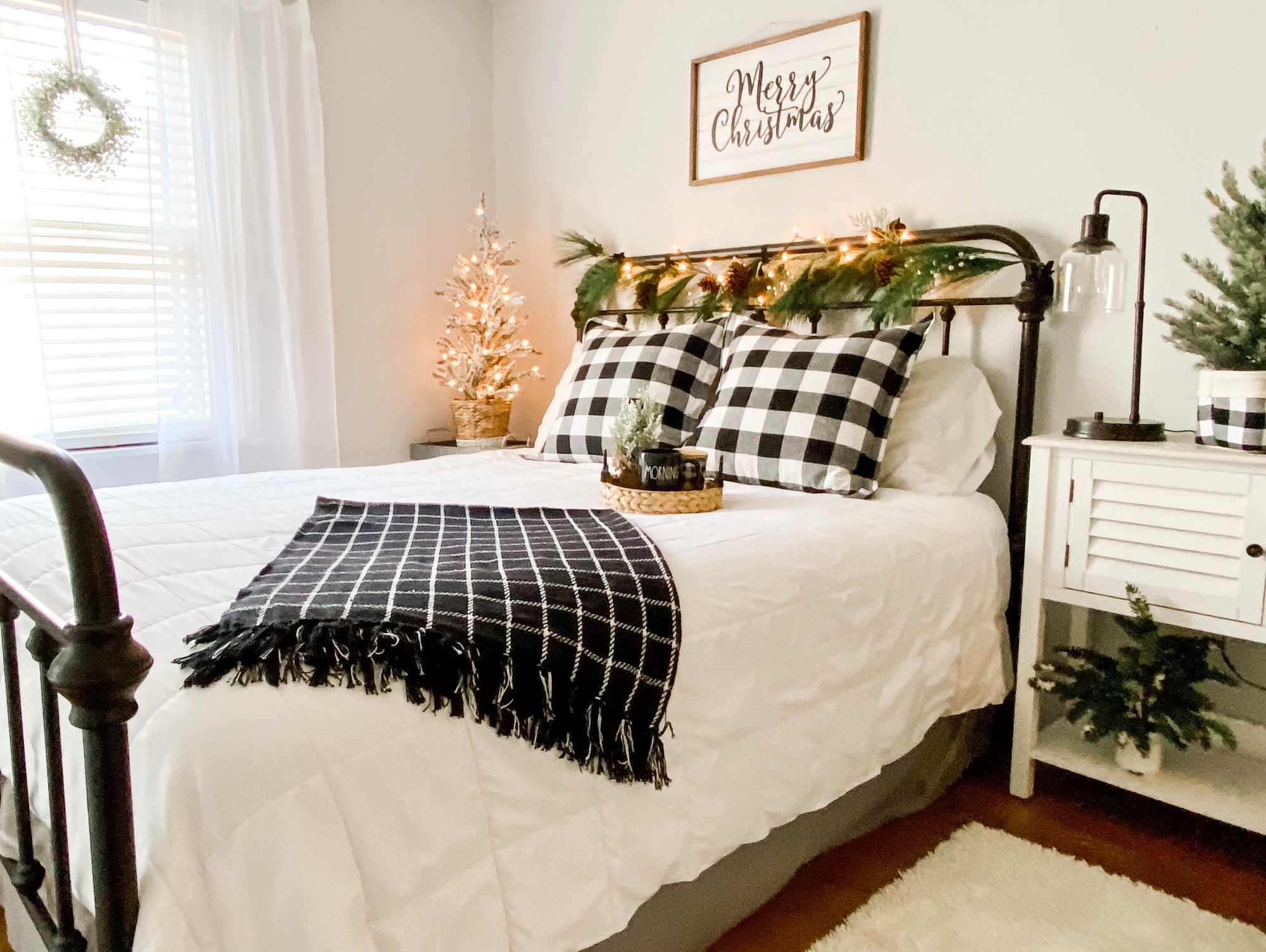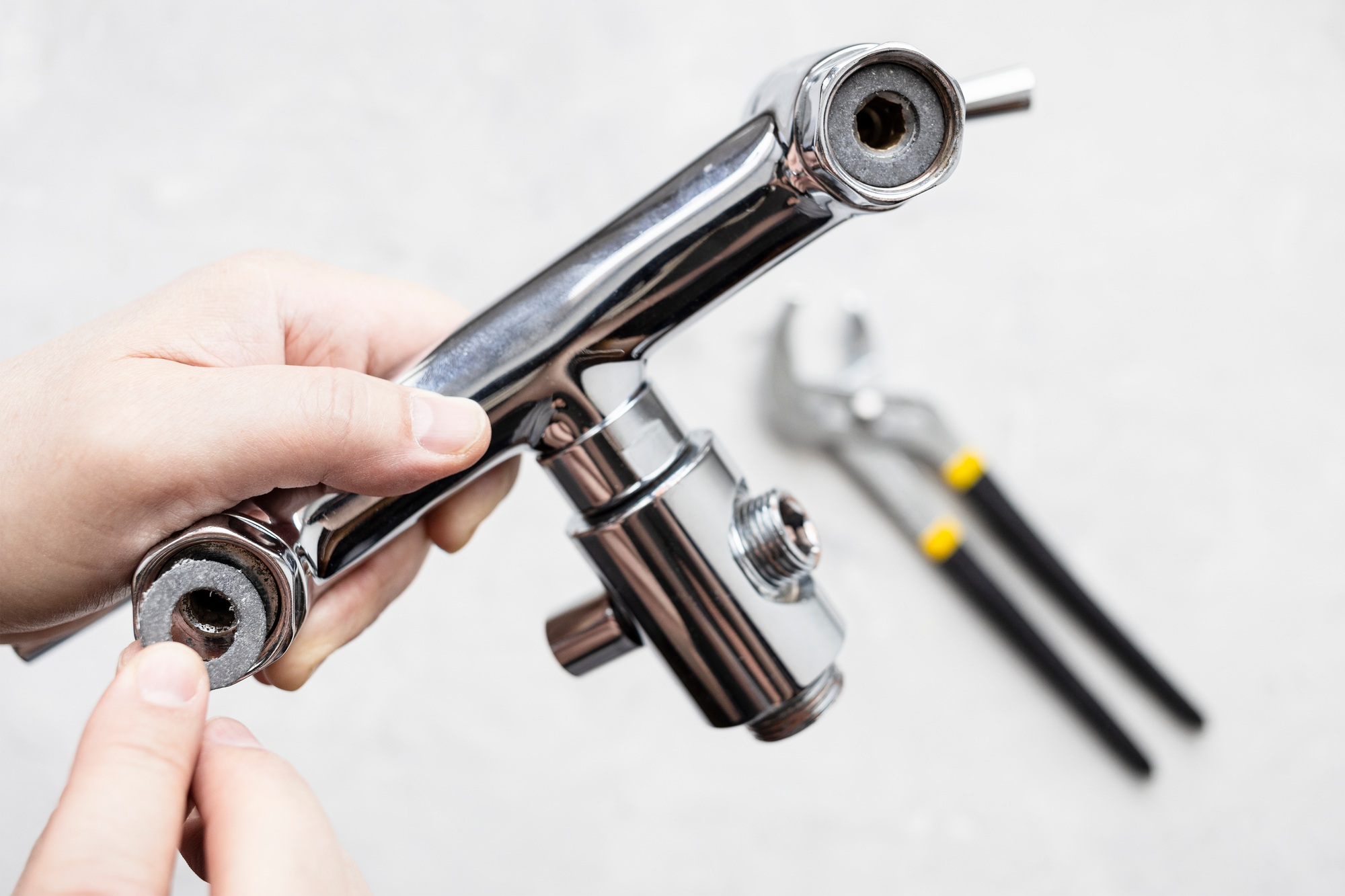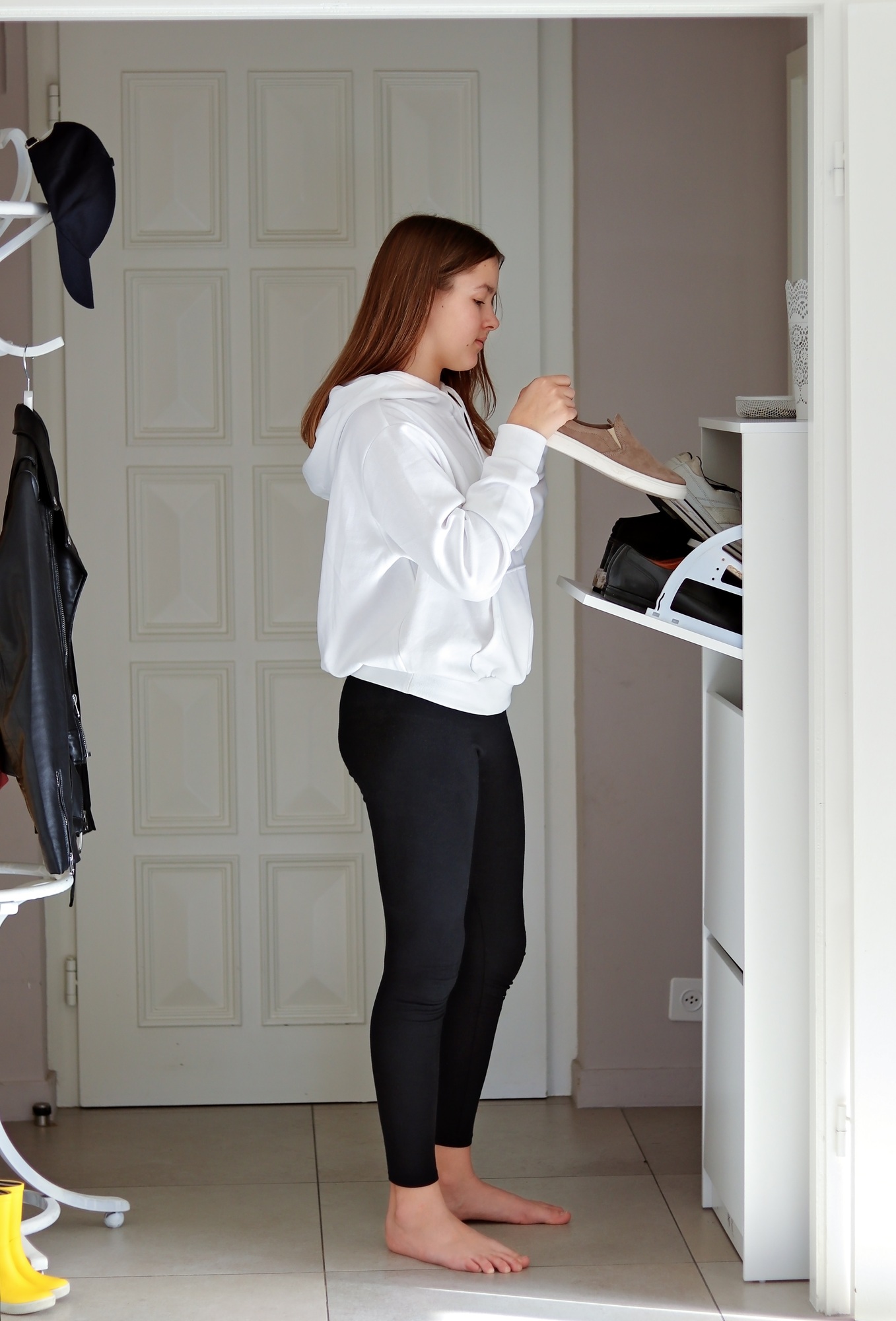As a homeowner, keeping your home in top condition requires more than just cosmetic updates — it involves maintaining the key systems that keep everything running smoothly. While regular maintenance and repairs are part of homeownership, there are times when replacing a system is more cost-effective than continuing to patch it up.
Knowing when to replace your HVAC, roof, windows, or plumbing can prevent frequent breakdowns, improve energy efficiency, and even boost the overall value of your home. In this guide, we’ll break down the signs that indicate when it’s time to replace these crucial systems instead of opting for repairs.
HVAC Systems: Upgrade for Comfort and Efficiency
Your heating, ventilation, and air conditioning (HVAC) system plays a critical role in maintaining a comfortable and healthy indoor environment. However, like all appliances, HVAC systems have a finite lifespan.
When to Repair vs. When to Replace
While minor repairs (like fixing a clogged filter or replacing a thermostat) can extend the life of your HVAC, there are key indicators that suggest it’s time to replace the system entirely.
Signs It’s Time to Replace:
- Age of the System: The average HVAC system lasts between 10 to 15 years. If your system is nearing this age and frequently needs repairs, replacement may be the more cost-effective solution in the long run. Newer models are also far more energy-efficient, which means lower utility bills.
- Frequent and Costly Repairs: If you’re consistently calling for repairs, especially costly ones, it might be time to replace. Once repairs start costing you more than half of the system’s value, a new unit could be more economical.
- Poor Airflow and Temperature Control: If certain rooms in your house are hot while others are cold, and the system can’t maintain a consistent temperature, it’s a sign of inefficiency. The system might be nearing the end of its life, especially if the issue persists after cleaning the ducts or replacing filters.
- Increased Energy Bills: Older HVAC systems aren’t as energy-efficient as newer models. If your energy bills have been steadily rising, even after a tune-up or new parts, it could be due to an outdated system that’s working harder than it should.
- Strange Noises or Smells: Strange noises, such as grinding, squealing, or clanging, are often signs that an HVAC system is working overtime or has a failing component. Similarly, burning smells or a musty odor might indicate more serious problems with the system’s wiring or insulation.
Benefits of Replacing Your HVAC:
- Improved energy efficiency: Newer HVAC models are far more energy-efficient, which can lower your monthly heating and cooling costs.
- Better air quality: Modern systems come with better filtration, which improves indoor air quality and reduces allergens.
- Enhanced comfort: A new HVAC system will operate more quietly and efficiently, offering consistent temperatures throughout your home.
Roofing: When to Replace for Safety and Protection
Your roof is one of the most important components of your home, protecting you from the elements. However, roofs have a finite lifespan and, over time, wear and tear can lead to significant issues.
Signs It’s Time to Replace:
- Age of the Roof: Roofs typically last 20 to 30 years, depending on the materials used. If your roof is nearing the end of its lifespan and showing signs of wear, it’s time to consider a replacement.
- Missing or Damaged Shingles: If shingles are curling, missing, or cracked, it’s a sign that your roof is compromised and needs replacement. Even a few missing shingles can lead to leaks and water damage.
- Leaking: If you notice water spots on the ceiling or walls, it’s a sign that your roof is leaking. Roof leaks are often difficult to patch effectively, and in many cases, replacing the entire roof is necessary.
- Sagging or Dips: If you notice your roof is sagging or there are dips in the structure, it could indicate structural damage. This is a major concern, and replacement is typically the only solution to ensure the safety of your home.
- Excessive Granule Loss: If you have an asphalt roof and notice excessive granule loss (which can be seen in your gutters), it’s a sign that your roof is nearing the end of its life.
Benefits of Replacing Your Roof:
- Increased home value: A new roof can significantly boost the value of your home and attract potential buyers.
- Improved energy efficiency: New roofing materials provide better insulation, helping you save on heating and cooling costs.
- Peace of mind: A new roof ensures that your home is safe, dry, and protected from the elements.
Windows: Upgrade for Comfort and Savings
Your windows are essential for insulation and natural light, but older windows can cause drafts, energy loss, and security concerns.
Signs It’s Time to Replace:
- Condensation Between the Panes: If you see condensation between the panes of your windows, it’s a sign that the seal has broken, and the window is no longer insulating properly.
- Drafts: If you feel drafts coming from your windows or notice that your heating and cooling costs are rising, your windows may no longer be energy efficient. Replacing them with modern, double-glazed windows can make a big difference in comfort and cost savings.
- Difficulty Opening or Closing: If your windows are difficult to open or close, or if they’re stuck in one position, the hardware may be worn out or the window frame could be warped. Replacing these windows will restore function and security.
- Visible Damage or Decay: If your windows show signs of rotting wood, warping, or damage, it could be a sign that they are no longer structurally sound and should be replaced.
Benefits of Replacing Your Windows:
- Energy savings: Modern windows are designed to keep your home well-insulated, reducing your energy bills.
- Improved security: New windows are more secure and may include upgraded locks or impact-resistant glass.
- Enhanced aesthetics: New windows can improve the curb appeal of your home and allow more natural light inside.
Plumbing: When to Replace the Pipes
Plumbing is another critical system in your home, and over time, pipes can corrode, leak, or even burst, leading to costly damage.
Signs It’s Time to Replace:
- Old Pipes: Homes built before the 1970s often have galvanized steel pipes that can corrode and lead to leaks. If you have old pipes, it’s a good idea to consider replacement to avoid issues down the line.
- Low Water Pressure: If you’re experiencing low water pressure, it may be due to mineral buildup in older pipes or leaks. In many cases, repiping may be necessary.
- Discolored Water: If your water is discolored or has a metallic taste, it may be a sign that your pipes are rusting and need to be replaced.
- Frequent Leaks: If you’re repairing leaks in multiple places, it may be more cost-effective to replace the plumbing system altogether.
Benefits of Replacing Your Plumbing:
- Reduced risk of water damage: New plumbing reduces the likelihood of leaks, mold growth, and water damage in your home.
- Better water quality: New pipes eliminate contaminants, giving you cleaner water.
- Increased home value: Replacing outdated plumbing can increase the overall value of your home.
Final Thoughts: When to Replace Is Critical for Your Home’s Health
Replacing key systems in your home is an investment in its future. While repairs may provide a short-term solution, replacement ensures that your systems are functioning at their best, improving efficiency, safety, and comfort. By recognizing the signs that it’s time to replace, you can make informed decisions that benefit both your home and your budget in the long run.








